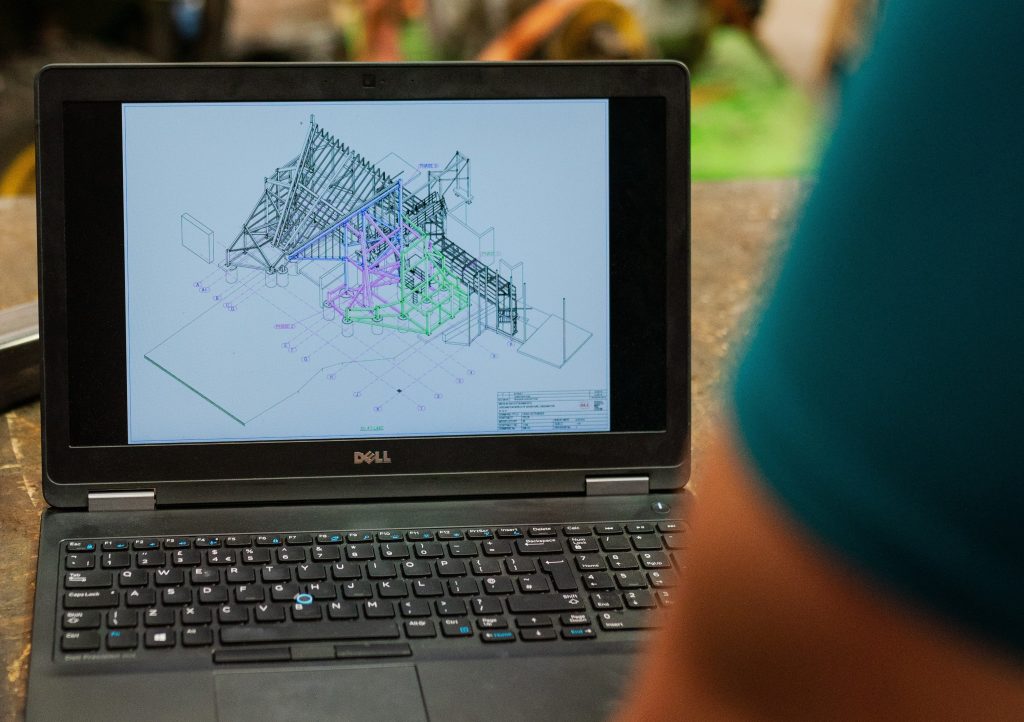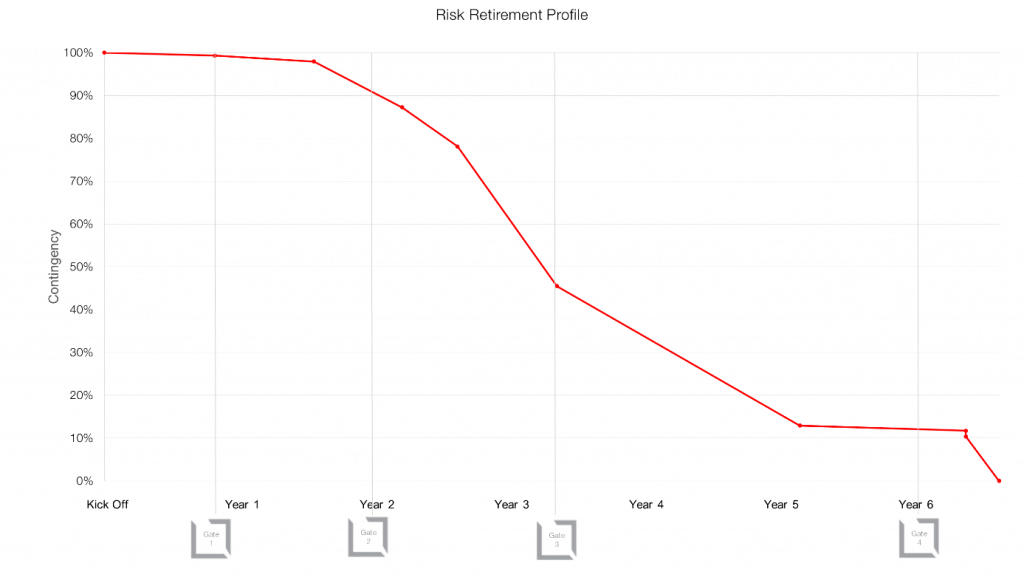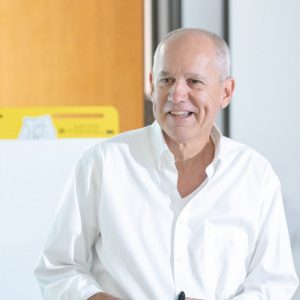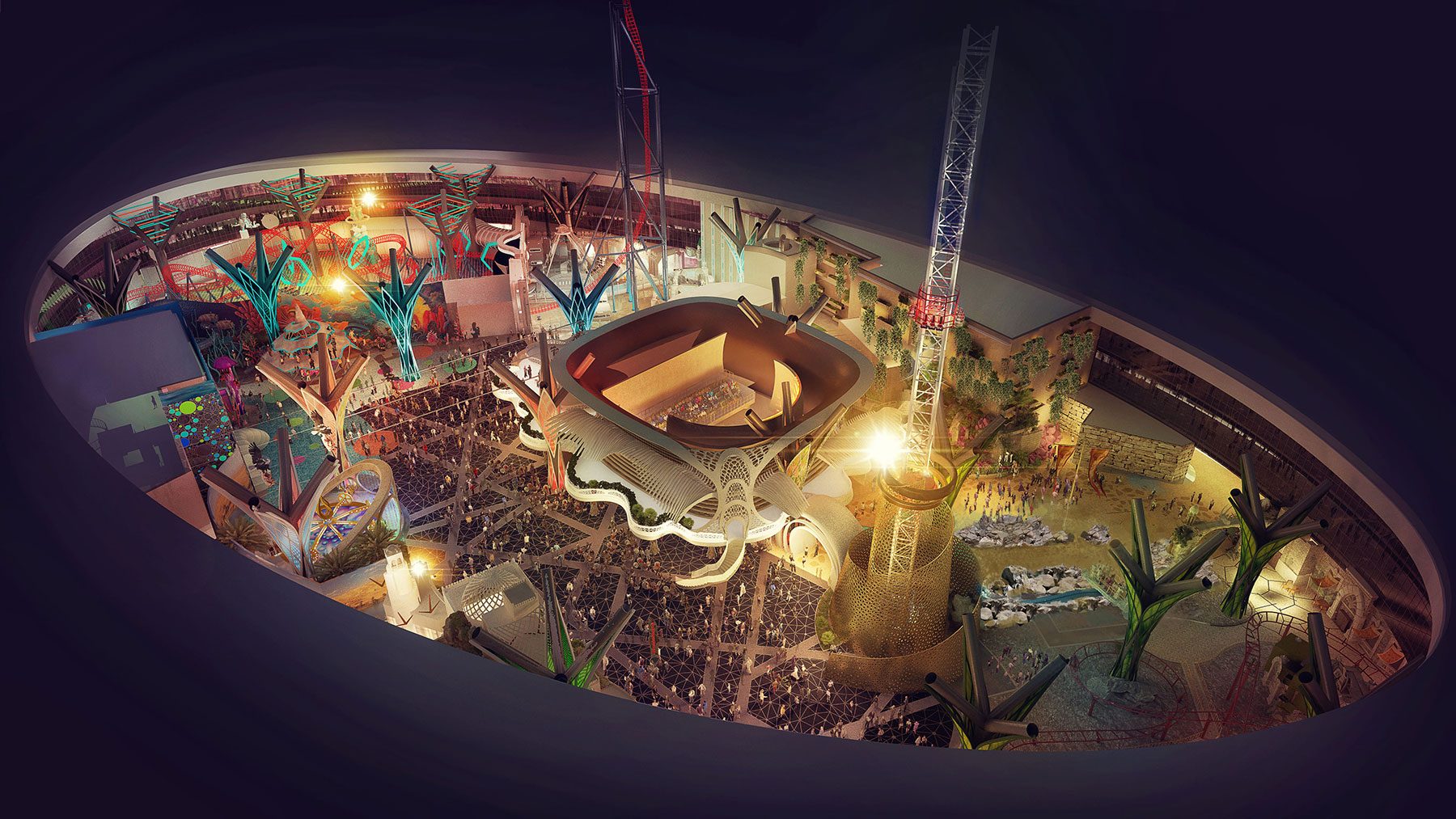Project Development in the Virtual Environment
In the face of the pandemic, shuttered theme parks and entertainment destinations in many parts of the world are reopening, project development is ramping up, and many stalled or slowed projects will soon resume full speed ahead.
In the face of the pandemic, shuttered theme parks and entertainment destinations in many parts of the world are reopening, project development is ramping up, and many stalled or slowed projects will soon resume full speed ahead.
Solid fundamentals in recent years indicate that high demand will bring about recovery. According to the TEA Theme Index, the top theme park operators reached an attendance milestone of over half a billion guests in 2018 – the first time in history. Recently, IAAPA reported that Family Entertainment Centers had experienced growth of 28% in just one year.

That said, themed entertainment owners and developers are having to consider how the industry, scopes, and operations will change, and navigate which of these will be short-term or long-term shifts.
While projects of yesterday had balanced scope to an economic model, the uncertainties of the pandemic and its future impacts bring about a multitude of complexities that throw plans off kilter. To bring developments at all stages to the finish line, project roadmaps will have to be adjusted.
Critically, project management processes will need to be optimized and teams will need to adapt to this new reality that limits travel and requires increased virtual collaboration of project teams, which will likely continue to some degree until a vaccine is widely available.
Empowering each team member to realize their potential to work both individually and with others, despite limitations on co-location, will be at the core of successful project development.
Catastrophic events cause disruption not just to our daily lives but to our business paradigm. The key to finding the way forward is to think laterally when it comes to project development planning and observe all potential influencing factors.
This includes asking what other similar industries – such as airports, stadiums, and event spaces – are doing to adapt and understanding what technology is available to create ‘clean’ environments and their applications.
Throughout these initial assessments, it is important to maintain a holistic view and understand that while things will be different, there are opportunities for new approaches and positive change.
We can reflect upon history to see this – for example: The Oil Embargo of 1973-4 changed the paradigm of energy consumption; the TSA was formed rapidly in response to the September 11 attacks; and the sharing economy was born out of the 2008 Financial Crash, including some of the most recognizable services we know today, like Airbnb and Uber.
To fully realize opportunities and bring theme parks and entertainment destinations to fruition, project development plans in place prior to the crisis will need to be revisited and reworked with an approach that has not been done before.
This starts with a clear understanding of where the project is in the development lifecycle.
Stakeholders must proactively adjust objectives and plans:
- Projects in early development stages might need to be reconceived.
- Projects in a mature state of develop will need to adapt to absorb the impact.
- Projects that are operational, in addition to having new protocols in place, will likely need to have elements reconstructed to reopen.
This is where changes must be made to the roadmaps of any project to some degree, no matter what the status was pre-pandemic – and the key is ensuring increased flexibility as part of this project roadmap.

Successful adjustment of the roadmap in light of drastic changes and uncertainty should involve the same diligent process undertaken in the initial assessment of a project’s feasibility, deliverability, buildability, and operability:
- Confirming the alignment of the scope and economic model.
- Refreshing the delivery plan to accommodate these new requirements.
- Remaining nimble in delivery.
- Providing flexibility for operational adjustments.
Assessment and tracking of risk will address the new challenges to be identified in the risk retirement curve to manage performance. Flexibility and contingency planning are paramount, especially as project development teams might need to downsize and work with limited resources.

One of the largest impacts on project development teams is that we are forced to think differently about how we meet and collaborate. While the paradigm of yesterday was to meet face to face, money that was spent on team co-location and travel is now redirected to new management considerations, sourcing local talent, and the technology of virtual collaboration.
As with other aspects of project development, the key to managing teams in this new and ever-evolving environment is preparation.
The approach planning and management must adjust resources to oversee this new level of team coordination and assist with advancing the new normal. Program managers who have been through many cycles and unique situations will be best positioned to tackle this challenge and use their own time efficiently as well.
In lieu of travel, team leadership can also be extended by leveraging talent that is regionally located. These micro hub clusters will then need to act as representatives of the project in their area in ways they did not before.

Managements teams will be required to continue to incorporate efficient virtual tools and adapt new technologies. Programs such as Zoom have already become the norm and most team members can operate these with ease.
That said, no matter what software is used and how advanced it is, the strength of the program management processes allows for full team integration.
We cannot underestimate the power that coffee stations and water coolers held. These natural places for organic collaboration will disappear for the near future, and potentially forever in some cases.
By fully understanding what is lost without co-location in terms of coordination and optimization, management and project teams can then address challenges and find new forms of organic collaboration when people are no longer in the same space.
This is where we come back to the importance of a built-out, up-to-date pathway to success – macro teams will need to be guided by the roadmap as they virtually track and monitor progress their own progress.
These pathways will also guide the creation of a comfortable space out of which some of the best ideas come – it is highly important that everyone feels they have a voice and utilizes it to their full potential.
Planning work much be reinforced and orchestrate all new forms of team communication. Program management must be open to feedback and devise work plans that create opportunities for collaboration that would happen organically by co-locating at team.
This points to the importance of the very basics of effective meeting management, such as detailed agendas and processes that allow for everyone to be heard. To maximize interaction and coordination, managers must understand that communication and the way meetings and workshops are both structured and facilitated will need to change for the virtual tools to be optimized.

Team collaboration sessions might take longer, but it will be well worth it to confirm everyone is on the same page and understood, even without the full advantage of body language and in spite of the occasional technological hiccups.
Disruption on this universal scale has not been experienced by most professionals working today, but history and the already rapidly adjusting climate indicates that an effective way forward is possible with the right planning and considerations for teams to perform at their best.
By assessing what will need to change, adjusting the project roadmap accordingly, and drawing from proven program management practices to ramp up team coordination that ensures the project development team feels confident and able to collaborate in this strange new world, today’s projects-in-progress will make it to the finish line.


